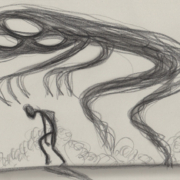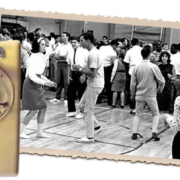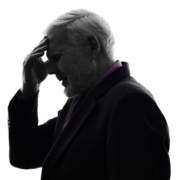Mental Health 2020: The Stats
At this point, there have been no substantive studies of mental health resulting from either the pandemic or the political climate in the U.S. There are metrics that have been tracked via online survey since April; the surveys added modified questions that ask about factors related to the pandemic.
The results for symptoms of anxiety show that 30.8% of respondents indicated more symptoms in late April compared to 31.4% in late August although the percentage fluctuated as high as 36.0%. The results for symptoms of depression ranged from 23.5% in late April to 24.5% in late August with a percentage fluctuation as high as 28.8%.
What do the numbers mean in comparison with pre-pandemic times?
From January to June 2019, 8.2% of adults aged 18 and over had symptoms of anxiety disorder while 6.6% had symptoms of depressive disorder. The current surveys are not perfect and there’s no statistical analysis, but by all appearances we are more anxious and tend to exhibit more depressive symptoms.
I think what contributes to the anxiety is that there’s no simple solution. Humans like binary choices: this is right, that’s wrong. And that just doesn’t apply in this case. Could we be creating a population at risk for a form of posttraumatic stress disorder? Is there anything we can do about it? We’ll take a look at that on Saturday.
What are you prepared to do today?
Dr. Chet
References:
1. https://www.cdc.gov/nchs/covid19/pulse/mental-health.htm
2. https://www.cdc.gov/nchs/fastats/depression.htm









